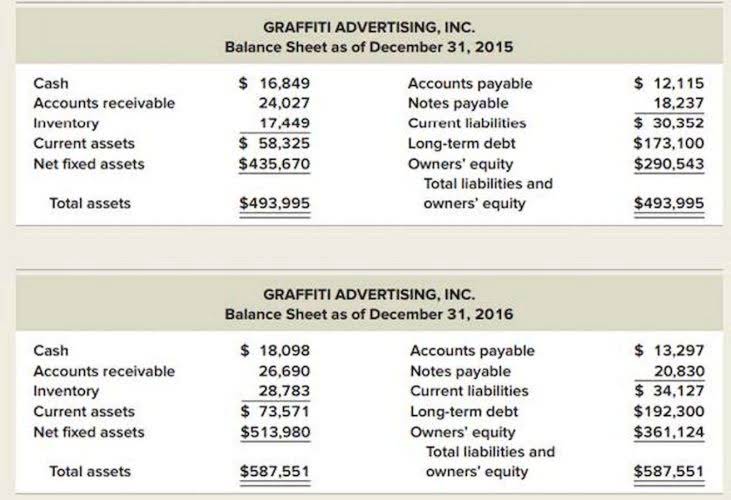
There is a linear relationship between variable expenses and production. Fixed costs are often seen as unavoidable—employee salaries, electricity, rent, and office expenses. Variable expenses, on the other hand, are often Suspense Account seen as discretionary.
- Marginal cost is the additional cost incurred by producing one more unit of a good or service, reflecting changes in variable costs.
- One of the most popular methods is classification according to fixed costs and variable costs.
- Total cost is the sum of all fixed and variable costs incurred by a firm in producing goods or services.
- In the ever-changing landscape of commerce, adaptability is crucial.
- These costs help determine the total production cost, an individual contribution from a given product, etc.
- Managing these costs effectively is vital for inventory control, pricing strategies, and overall profitability.
Break-Even Analysis
Every production unit employs a workforce; the workers are compensated using varying remuneration structures. Some are hired hourly; others have a fixed salary—paid at the end of the month. Increases or decreases as the number of products increases or decreases. The company faces the risk of loss if it produces less than 20,000 units.

Illustrative Examples
In addition to financial statement reporting, most companies closely follow their cost structures through independent cost structure statements and dashboards. To find out more on online bookkeeping costs, budgeting, accounting and other core financial knowledge, look at our Finance for the Non-Financial Manager e-learning course. At the California Learning Resource Network (CLRN), our mission is to provide educators with high-quality, well-reviewed educational tools and resources. By curating and aligning digital learning materials with academic content standards, we empower teachers, students, and educational institutions to enhance learning outcomes. Our goal is to simplify the process of discovering the best educational technologies, guiding educators toward innovative, impactful solutions that improve the classroom experience. C&H invests in targeted training and skill development programs for their employees.
- Fixed costs are allocated in the indirect expense section of the income statement, which leads to operating profit.
- Below is an extract from a budgeting exercise in our Finance for the Non-Finance Manager.
- Variable costs are expenses that change in direct proportion to the level of production or output.
- In the dynamic world of business and finance, understanding the intricacies of costs is crucial for effective management and strategic planning.
- Cost-volume-profit (CVP) analysis is a powerful tool for understanding the relationship between variable costs, sales volume, and profit.
- The break-even point occurs when fixed costs equal the gross margin, resulting in no profits or losses.
Is variable cost good or bad?
If production were to increase to 2,000 shirts, the total variable cost for fabric would double to $10,000. Similarly, if production slows to 500 units, the cost would fall to $2,500. Are you struggling to keep your business expenses in check as production ramps up? Managing costs is a challenge every company faces, especially when trying to balance profitability with growth. One of the key cost factors you need to understand is variable costs. More specifically, when production or sales increase, variable costs increase, and when production or sales decrease, variable costs decrease.

Variable cost per unit
- Accounting Costs – this is the monetary outlay for producing a certain good.
- A higher contribution margin indicates greater profitability for each product or service sold.
- So if an hourly employee doesn’t report for work one day, the variable costs might be lower, but the fixed costs would be the same.
- Provides a per-unit perspective, helping businesses understand the cost efficiency of production processes and make decisions about pricing and resource allocation.
- Therefore, leverage rewards the company for not choosing variable costs, as long as the company can produce enough output.
- This involves contrasting how variable costs are treated within various production, behavioral, and market theories, providing a multifaceted view of their implications.
The break-even point is calculated by dividing fixed costs by the contribution margin per unit (selling price variable expenses definition economics per unit minus variable cost per unit). Understanding variable costs helps businesses determine how many units they need to sell to cover all expenses and start generating profit. Accurately estimating variable costs is essential for precise break-even analysis and strategic planning.

